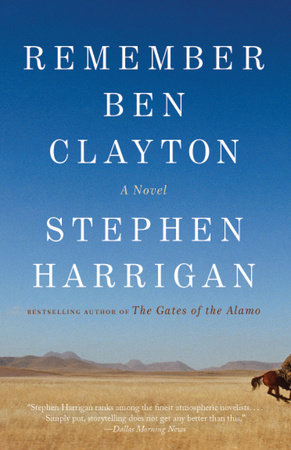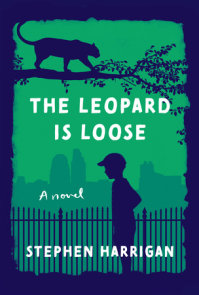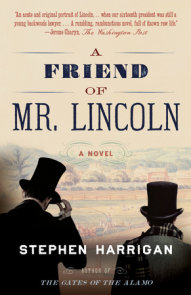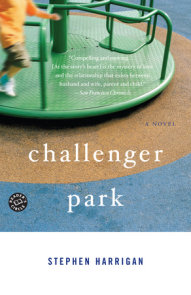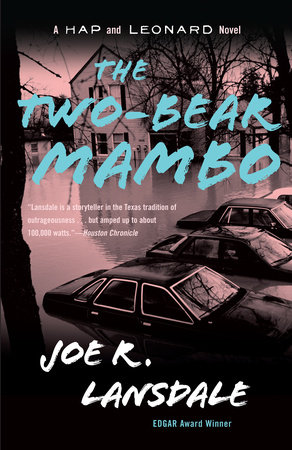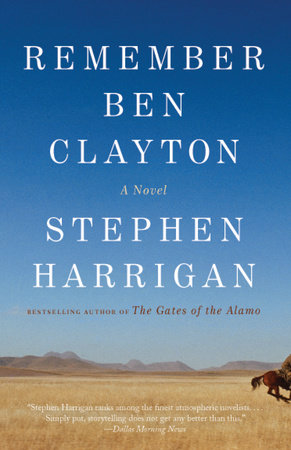

Remember Ben Clayton
By Stephen Harrigan
By Stephen Harrigan
By Stephen Harrigan
By Stephen Harrigan
Category: Literary Fiction | Historical Fiction | Military Fiction
Category: Literary Fiction | Historical Fiction | Military Fiction

-
$16.95
May 29, 2012 | ISBN 9780307948793
-
May 24, 2011 | ISBN 9780307596697
YOU MAY ALSO LIKE
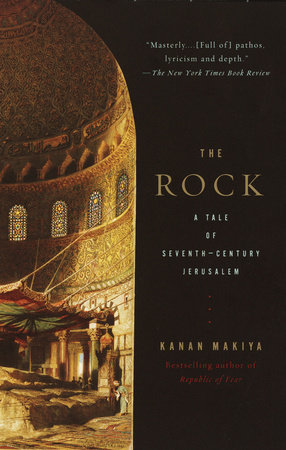
The Rock

Jaded

The Pursuit of Endurance

What I Know for Sure
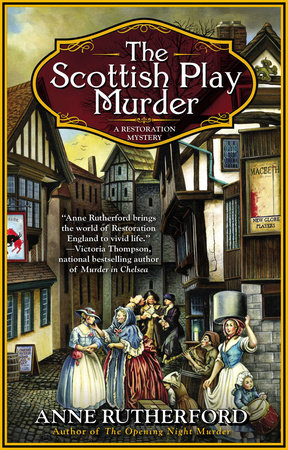
The Scottish Play Murder
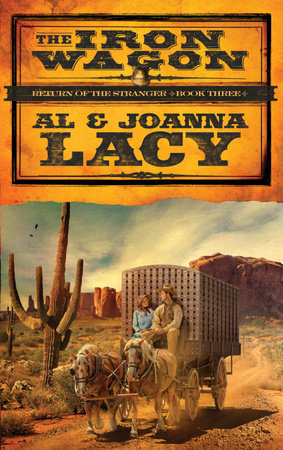
The Iron Wagon
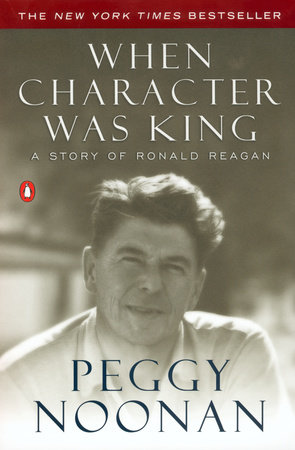
When Character Was King
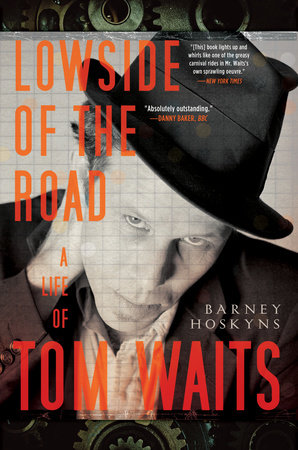
Lowside of the Road
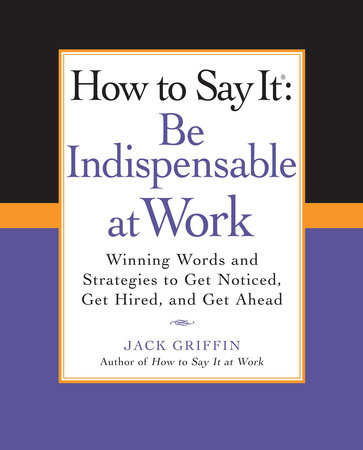
How to Say It: Be Indispensable at Work
Praise
“Stephen Harrigan ranks among the finest atmospheric novelists…. Simply put, storytelling does not get any better than this.” —The Dallas Morning News
“One of the best novels of [the year]. . . . Like Ian McEwan’s Atonement . . . Harrigan magically re-creates a point in history while engaging readers with a mesmerizing story.” —Pittsburgh Tribune-Review
“A poignantly human monument to our history.” —The Wall Street Journal
“Remember Ben Clayton is a superior piece of storytelling, a historical novel, a Texas saga, an allegory of art and all the important issues it can raise, an onion of a book with many leathery layers to be unpeeled, eventually revealing our vast capacity to love, and to hurt the ones we love, and to forgive.” —San Antonio Express-News
“Magnificently compelling. . . . Stephen Harrigan handles these scenes with immaculate detail, an acute ear for fear and cruelty, and an eye for the unpredictability of human behavior in moments of passion. . . .We are knocked flat with admiration.” —The Washington Post
“Like the unforgiving bullets that pierce Clayton’s flesh, the story goes unflinchingly deeper into the very human failings of fathers, the need for children to forgive and what it means to create art. . . . A tautly written novel. . . . With Remember Ben Clayton, Harrigan has created art.” —Austin American-Statesman
“A stunning work of art. . . . The story builds with determined momentum, providing a grimly vivid sense of place and deep insight into the creative process and family relationships. Harrigan’s The Gates of the Alamo has become a modern classic, and his latest historical deserves similar acclaim.” —Booklist (starred review)
“The characterizations in this story are superb, enhancing this engrossing novel that never plays out as you expect it to.” —The Oklahoman
“A solemn, affecting exploration of the effects of devoting one’s life to art at the expense of family, friends and love.” —The Texas Observer
“As in The Gates of the Alamo, Harrigan works on a broad canvas. . . . Lying behind the Texas narrative are the bloody remnants of the Indian Wars, fresh enough to reach directly into the lives of the next generation and to provide a mirror to the carnage just concluded in Europe.” —The Austin Chronicle
“A heartening novel about art, war, and the tug of family relationships.” —Kirkus Reviews
“Thoroughly engaging. . . . Intimate and compelling. . . . Harrigan transports his readers to each scene, as well as inside the tormented minds of his characters.” —Southern Literary Review
“Rich in detail about the Texas landscape and the men and women who live there. It is a telling measure of [Harrigan’s] skill as a writer that he seamlessly weaves. . . major themes through this new work without allowing his characters to bear the weight of being symbols rather than real people. . . Harrigan is a gifted storyteller whose images at times are as rich as those in the best poetry.” —The Washington Times
21 Books You’ve Been Meaning to Read
Just for joining you’ll get personalized recommendations on your dashboard daily and features only for members.
Find Out More Join Now Sign In






